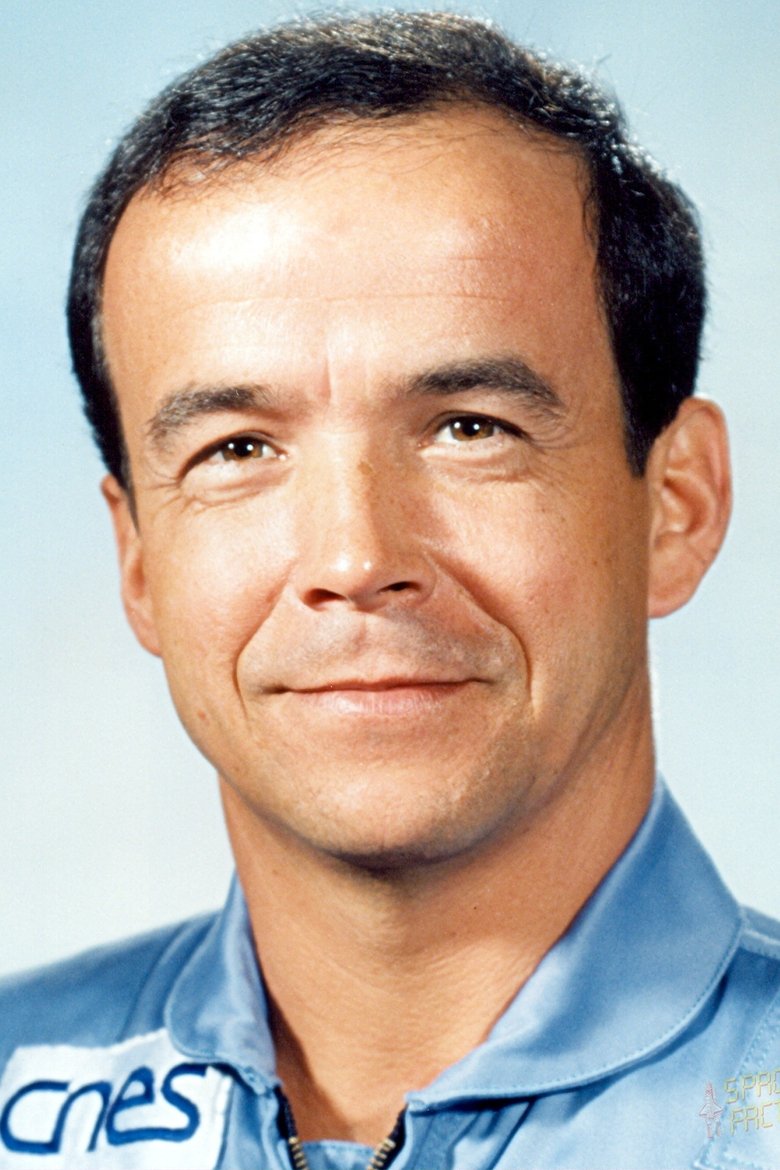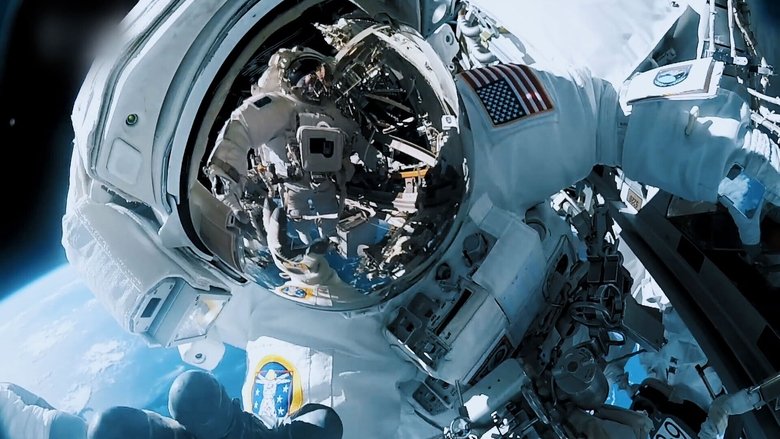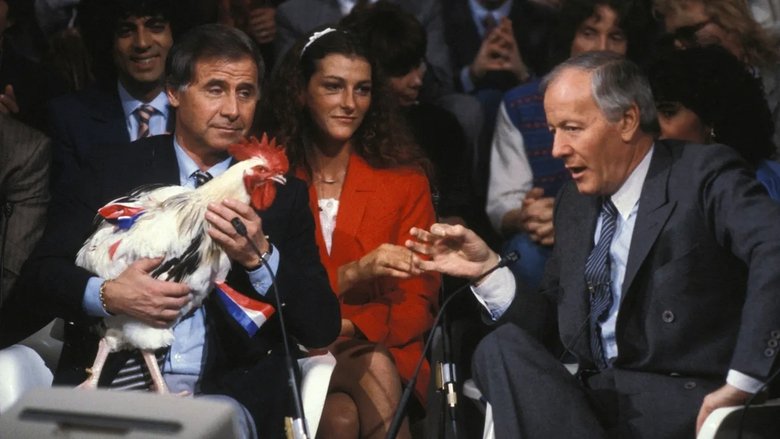Patrick Baudry
Born: 1946-03-06 (age ), Douala, Cameroon
Patrick Pierre Roger Baudry (born March 6, 1946 in Cameroon) is a retired Lieutenant Colonel in the French Air Force and a former CNES astronaut. In 1985, he became the second French citizen in space, after Jean-Loup Chrétien, when he flew aboard NASA's Space Shuttle mission STS-51-G. Baudry was born in Douala (French Cameroon) and is married with three children from another union. His hobbies include mechanical sports, such as motorcycling and car racing. He also enjoys running marathons, playing squash, skiing, shooting, windsurfing, and sky diving. Baudry is also a wine connaisseur. His parents were part of the French resistance during the second world war and his family was rewarded the Resistance Medal for their courage and effort during the war. Baudry completed flight training at Salon-de-Provence and Tours, France, receiving his wings in 1970. Served as a fighter pilot in Fighter Squadron 1/11 "Roussillon" on F100 and Jaguar, and completed numerous operational missions in several countries of Africa. He entered the Empire Test Pilots' School at Boscombe Down, England, in 1978, and was awarded the Patuxent Trophy at the completion of the course. He was assigned to the Flight Test Center in Brétigny-sur-Orge, France, in 1979, where he flew various test projects on fighter and attack-type aircraft which included flying the different types of Mirages, Jaguar, and Crusader. He has logged more than 4,000 hours flying time – 3,300 in jet aircraft – and has flown over 100 different types of aircraft – F-100, F-104, F-4, A-8, T-33, Lightning, Harrier, Hunter, Canberra, Jaguar, all types of Mirages, Mystère 4, Vautour, and other aircraft. Baudry holds an airline transport pilot license. He worked for some time after his space flight for Airbus as a test pilot, and is now retired in the Aquitaine region. Baudry became a CNES astronaut candidate in June 1980. For two years, he trained at CNES and at Star City near Moscow. He was a member of the back-up crew for the French-Soviet Soyuz T-6 Intercosmos mission and was trained for scientific experiments in the fields of physiology, biology, materials processing in space, and astronomy. Baudry is a CNES expert for manned space flight activities and participates in the analysis of decisions and study of definition for the future "Hermes" space aircraft. Baudry flew as a payload specialist on STS-51-G Discovery (June 17–24, 1985). STS-51-G was launched from Kennedy Space Center, Florida, and returned to land at Edwards Air Force Base, California. The international crew aboard Discovery deployed communications satellites for Mexico (Morelos), the Arab League (Arabsat), and the United States (AT&T Telstar). They deployed and later retrieved the SPARTAN satellite, which performed 17 hours of x-ray astronomy experiments while separated from the Space Shuttle. In completing this flight, Baudry traveled 2.5 million miles in 112 Earth orbits, logging over 169 hours in space. Source: Article "Patrick Baudry" from Wikipedia in English, licensed under CC-BY-SA 3.0.






